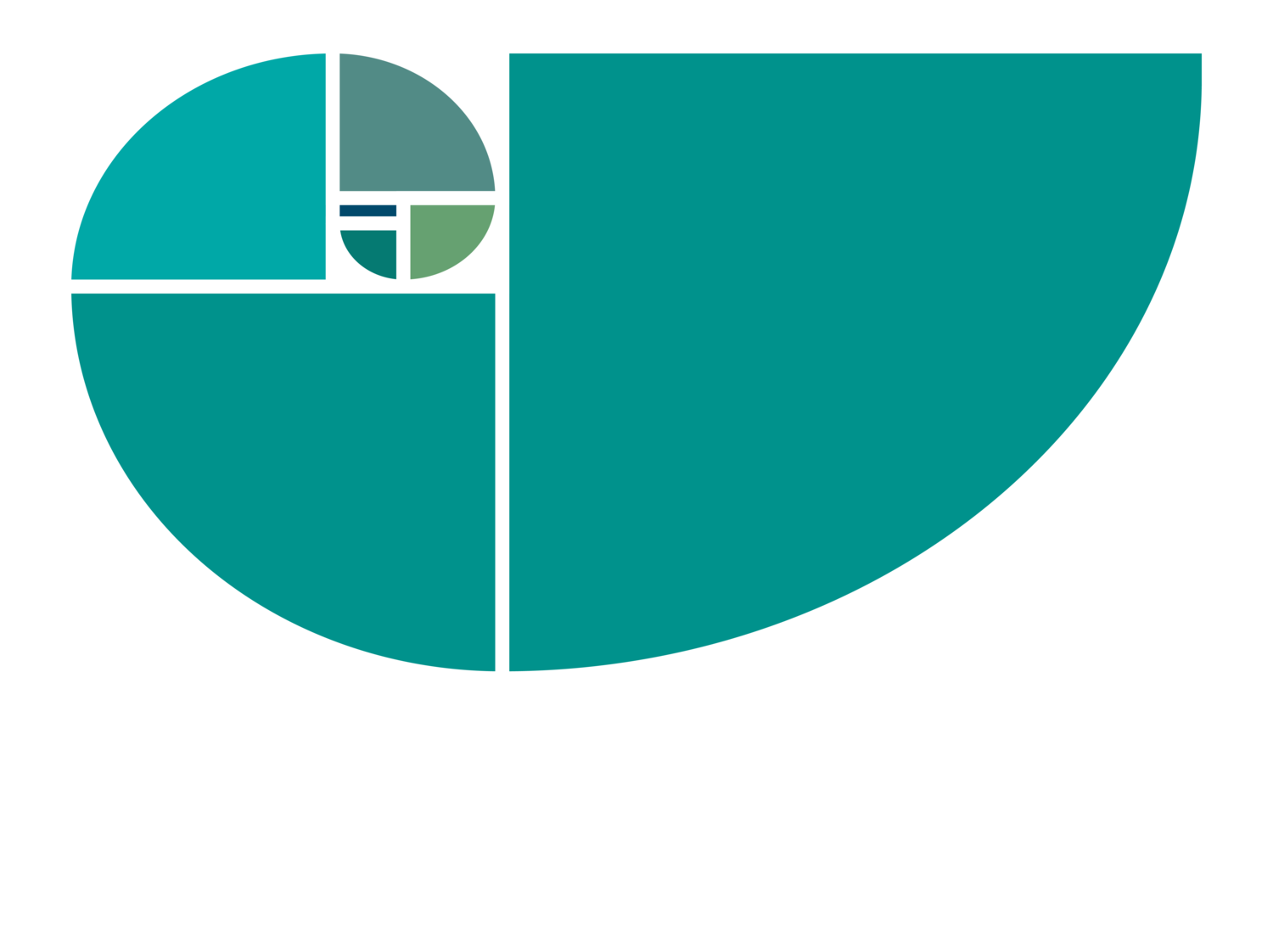My Wise Self seemed to be out to lunch. In her absence I walked my dog, who was as thrilled by the chance to romp as I was irritable and preoccupied. I was stewing about a mess a client made in a difficult communication with her staff. I searched for a new point of view while my dog hunted squirrels…but I couldn’t stop my tedious litany that the staff member was right, and my client was wrong.
My reactions ruled for a few more minutes. Finally, I remembered to ask, “What else is true?”
I had to admit my client was speaking from her truth. I just didn’t like it.
I asked again, “What else is true?” An anxious feeling arose as I thought about my client’s biting sarcasm and how her employee was suffering. A third time I asked, “What else is true?” My client’s observation about a problem involving another team member was astute and useful.
My perspective began to shift as I considered the wise and unwise aspects of my client’s behavior, her insightful as well as challenging characteristics. My reactivity calmed as I accepted her as she is. Now that I could glimpse her Wise Self, I knew we could speak honestly and that I could convey how much I care. Now I would ask if she would be willing to hear some feedback about her communication style and why it was causing problems.
As I found in my reactive state, wherever we direct our attention, those thoughts or feelings grow in size and weight until they become the biggest, most tangible, and seemingly only real point of view. I faced a choice to put my focus on “she was wrong” or on “she delivered her point in an unkind way.” The first possibility generated a potential for the conversation to head in a destructive direction. It was the unwise choice. The second wiser option opened the door to new levels of working together.
Wisdom is something to be sought after, to pursue, to listen for. Wisdom is available to us all and involves extending our seeing beyond the reactive, beyond the first appearances to a larger perspective. This expanded viewpoint, with its fuller scope and clearer detail, is also more measured and helps us make better sense of the issue at hand.
It is up to us to consider how we are already wise, to search out and value wisdom when we see it, feel it, and say it.
Three Steps to Wisdom: I’ve found that these steps set up environments that stimulate the cultivating, reinforcing, and respecting of wisdom:
Reflect on the ripples. Pay attention to what happens: what results from wise choices versus unwise choices? Objectively assess the impact of unwise actions. Leave the judgment out. Simply look. Why does it matter if we act out of a small, fearful, unwise, reactionary self? What ripples out?
What about wise actions? Reflect on how it affects you when a friend, boss, or colleague acts wisely. Why does it matter when they speak from their broader, clear-seeing, wise self? What results?
2. Anchor your awareness of wise versus unwise. How does it look, feel, or sound when you are unwise? Notice the bodily sensations. What about when you are wise? Use all of your senses to evaluate the difference. How do unwise choices feel in your heart, belly or shoulders? Do they change your breathing?
Anchoring your awareness in bodily sensations increases your ability to consciously choose your next step. Wise leadership arises from this anchoring process.
3. Acknowledge wise actions. When you are blessed to work with a wise leader, colleague, or staff member, tell them how they make a difference. Be specific. Identify the behaviors and ways of thinking that comprise wise actions from your point of view.
Help others see these actions as ones to emulate. Encourage a general atmosphere in which wisdom can flourish by acknowledging it whenever it occurs.
Wisdom matters. Invite your Wise Self to lunch. Appreciate the treasures revealed by wisdom –the nuggets of golden compassion, crystalline insight, or vast perspective that can sometimes change your day. Wisdom is available to all of us. Now it’s up to us.

